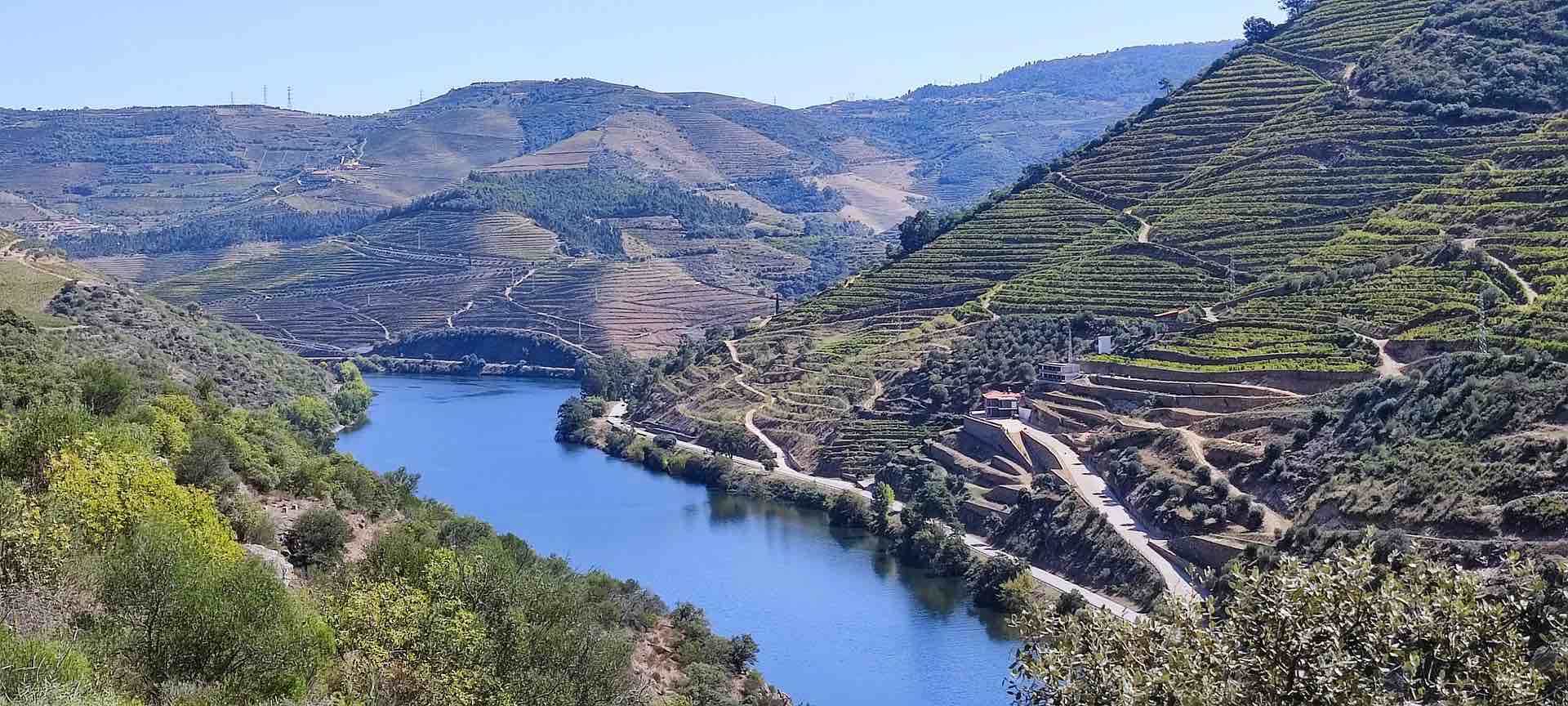
Who has never heard of Frascati or maybe even drunk it. I knew Frascati from a long time ago, when it was offered almost exclusively in 1 1/2 or 2 liter bottles alongside the red, sweet Lambrusco.When I was looking for sweet wines that I had never tasted before, I came across the Cannellino di Frascati DOCG on the website of a well-known German mail-order wine company. I ordered it, without a moment’s hesitation, because of my acquaintance with the often slightly residual sweet Frascati wines in my late youth.








